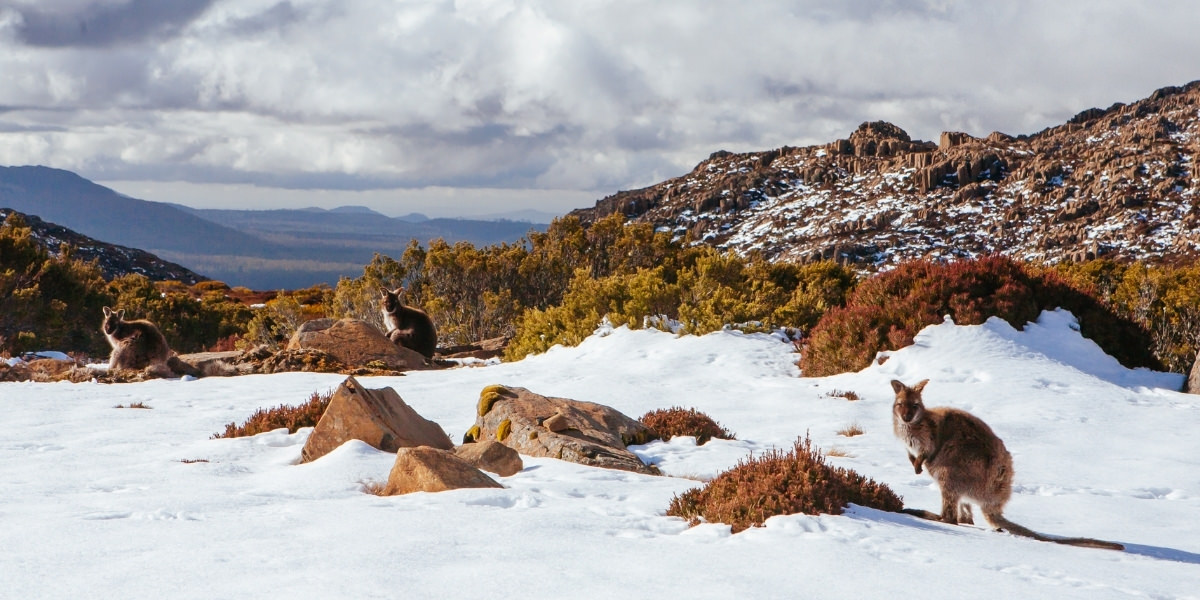Prepare an Exciting Winter Vacation to Enjoy Snow In Australia with Loved Ones
Prepare an Exciting Winter Vacation to Enjoy Snow In Australia with Loved Ones
Blog Article
The Numerous Sorts Of Snow in Australia and Their Effect On Winter Season Sports
Australia, recognized for its sun-soaked coastlines, is also home to a diverse variety of snow conditions that considerably affect wintertime sports. Each kind, from the damp coastal snow to the completely dry indoor powder, offers distinct challenges and benefits for athletes. An understanding of these variations is crucial for those looking for to navigate the Australian inclines, as each needs various strategies and strength. The complying with expedition will certainly review the implications of these snow types on winter season sporting activities performance.

Understanding the Characteristics of Different Snow Kinds
While lots of assume that snow is a homogeneous entity, it is vital to understand that there are different kinds, each with unique features. In Australia, these variants are specifically noticable due to weather variety. Coastal snow, located in locations such as the Snowy Hills, is usually wetter and denser due to high dampness content, making it ideal for snowball fights or developing snowmen. On the various other hand, the snow discovered in the indoor regions like the Australian Alps is drier and lighter, frequently contrasted to a fluffy powder. These differences in snow type aren't merely visual; they significantly influence winter sporting activities, determining the simplicity of activity, the speed possible, and the level of control called for from athletes.
The Impacts of Powder Snow on Winter Sports and Snowboarding
Despite its light and cosy appearance, powder snow in the Australian Alps offers both one-of-a-kind challenges and opportunities for winter sporting activities enthusiasts, especially those taken part in skiing and snowboarding. The loose, completely dry nature of powder snow can originally be tough to navigate for newbies, requiring careful equilibrium and control. However, for even more knowledgeable specialists, the soft, untracked snow provides an electrifying experience, allowing for vibrant and nimble motion. The smooth and flexible surface area of powder snow additionally minimizes threat of injury during falls, making it a favored option for severe winter months sports. It's worth keeping in mind, the differing depth and uncertain nature of powder can sometimes lead to surprise barriers, calling for consistent vigilance.

The Difficulties and Advantages of Jam-packed Snow in Wintertime Sports
Changing emphasis from the loosened, dry powder snow, another common sort of snow in the Australian Alps is packed snow, presenting its own set of difficulties and benefits in the realm of winter months sporting activities. This denser, a lot more solidified kind of snow supplies a quicker, slicker surface, profiting sporting activities like downhill winter sports and snowboarding, enhancing speed and accuracy. The exact same qualities additionally webpage existing difficulties. Its tough surface can be high-risk, increasing the possibility for injuries throughout falls. In addition, regulating and browsing turns rate can be difficult on stuffed snow, requiring higher skill levels from professional athletes. Regardless of these obstacles, loaded snow continues to be an important element in several winter season sporting activities, forming the efficiency and techniques of athletes.
The Role of Damp Snow in Australian Winters Months Games
In contrast to the dense, slick surface area of jam-packed snow, damp snow plays a totally different duty in Australian wintertime games. Snow In Australia. Its pliability makes it ideal for snow sculpting events and for strengthening snow frameworks in sports like snow ft fights.

Exactly How Slushy Snow Impacts Winter Season Sports Performance
Proceeding the expedition of differing snow conditions in Australia, the impact of slushy snow on winter sporting activities is an additional appealing variable. Slushy snow, arising from warmer temperatures or direct sunshine, positions distinct challenges to athletes. It lowers speed and requires raised physical effort as the equipment penetrates the soft, water-saturated snow. In snowboarding and snowboarding, slushy problems can affect the predictability of turns and jumps, enhancing the risk of accidents. For snowmobiling, the equipment's efficiency may be hindered as it struggles to preserve traction. Hence, slushy snow transforms the wintertime sports landscape, requiring not only heightened physical effort from athletes yet also a higher emphasis on safety and security preventative measures.
Adapting Winter Sports Techniques to Different Snow Problems

Verdict
In verdict, look at this now Australia's diverse snow types dramatically impact wintertime sports performance. Each type, from the glossy seaside snow to the drier indoor powder and the hefty, sticky wet snow, provides special obstacles and advantages.
Changing emphasis from the loose, dry powder snow, another prevalent type of snow in the Australian Alps is jam-packed snow, presenting its own set of obstacles and benefits in the world of winter months sporting activities - Does It Snow In Australia.In comparison to the dense, slick surface of packed snow, damp snow plays a completely various function in Australian wintertime games. Its malleability makes it optimal for snow sculpting events and for fortifying snow frameworks in sporting activities like snow ft fights.Proceeding the exploration of varying snow conditions in Australia, the influence of slushy snow on winter months sporting activities is an find here additional intriguing aspect. Each type, from the slick seaside snow to the drier indoor powder and the hefty, sticky damp snow, presents distinct difficulties and advantages
Report this page